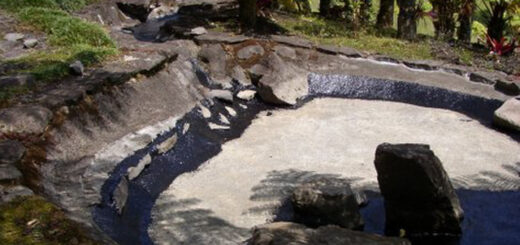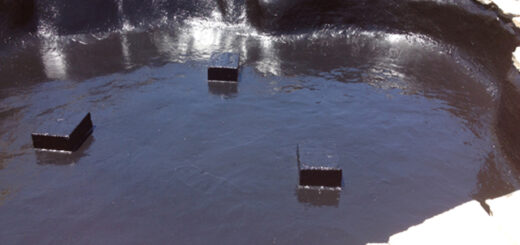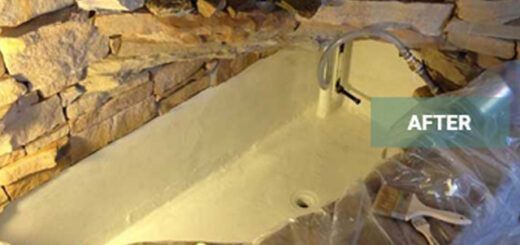Become a Pond Pro: A Do It Yourself Guide to Creating the Perfect Backyard Pond
A backyard pond can be the perfect accent to a home and you don’t need to be a professional pond installer to feel like a pond pro. Follow the following steps to create your very own relaxing oasis.
Step 1: Plan the Location – Designate the area in which you plan to install your pond. There should not be any jagged rocks or tree roots that could damage your liner either early on or in the long run. A pond pro will choose an area that gets both sun and shade.
Step 2: Determine the Proper Size – Your plan will need to be specific. You should establish a desired size and depth for your pond, keeping in mind the needs of your plants and animals. Pond pro tip: If you live in an area with cold winters, you should allow proper depth for the pond to freeze and the fish to survive.
Step 3: Evaluate Your Options –Know what type of liner you want for your pond. You could choose from a variety of options, including flexible liners, liners with predetermined sizes and shapes or even concrete. Your predetermined size will limit your options. Then again pond liners can be customized. Flexible liners, such as EDPM runner liners can be put in nearly any size and shape.
Step 4: Design the Habitat – Determine the contents of the pond. Fish can make your pond come to life, but keep your climate in mind when determining what animals and plants to include. Also remember both need adequate sunlight to survive.
Step 5: Spice it up – Fountains and waterfalls can add pizzazz to your pond. These will also help with the oxygenation of the water, which helps fish to survive while also preventing unwanted inhabitants like algae and mosquitoes.
Step 6: Make it Edgy – Edging can fully incorporate the pond into your yard, and give the illusion it is a natural feature. Dress the area up with rocks and plants that camouflage the manmade elements of the pond. This will also add structure. A pond pro will also install a curb to additionally limit the likelihood of the pond overflowing after heavy rains.
Step 7: Make a Cleaning Schedule – All ponds need work. The size of your pond will help you to plan the overall maintenance you will need. Oddly, larger ponds require work less often because they will naturally regulate themselves better than smaller versions.
Step 8: Prepare to Repair – If you are planning a pond for the first time, it takes time to become an expert. Even a pond pro installation can leak or break. Keep some extra EDPM rubber liner, or whatever material you used, to repair future leaks. You can also purchase repair kits.
Step 9: Winterize, if Necessary – If you live in a cold winter climate, your pond should be winterized when the time comes.
Step 10: Enjoy – Nothing beats the satisfaction of a job well done. When you install your pond yourself, odds are it will become one of your favorite places. Relax and enjoy the benefits of all your hard work, pond pro.








Great article often the design of a pond is overlooked and people adopt a kind of ‘make it up as they go along’ attitude, your article will help people think before they start.
Brilliant guide i always stress to my customers the importance of planning before they start a new pond.